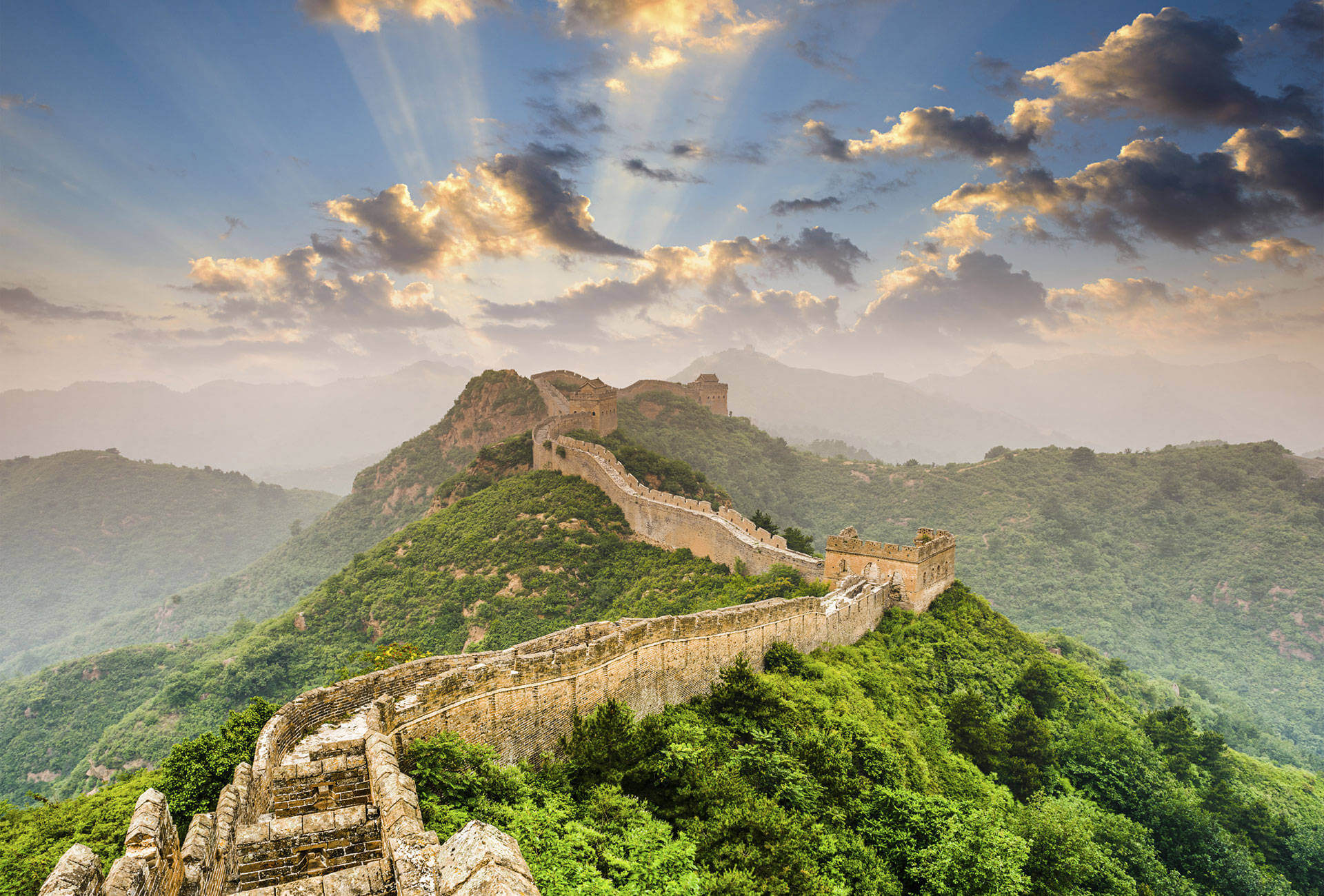For years, China has been the bellwether of luxury, and very much on the radar of watch industry executives after anti-graft measures and import duty hikes dealt a blow to sales. The past months, however, have brought welcome relief as China has settled into the number-three spot as a destination for Swiss watch exports. In fact if growth continues at the current rate of around 30%, China could, in the medium term, take second-place ranking from the United States. This would put it just behind Hong Kong, the main hub for watches in the region.
Deng Xiaoping opens the market
What we don’t hear so much about is the role of China as a watch producer. According to 2017 statistics published by the Federation of the Swiss Watch Industry (FH), around 80% of world watch production in volume comes out of China, for an export value of USD 5 billion. This puts China in third place, behind Switzerland (USD 20.2 billion) and Hong Kong (USD 8.4 billion), on the list of the main watch exporting countries. However, as reported by the Hong Kong Trade Development Council, virtually all exports leaving Hong Kong are in reality re-exports, 56% of which originated in China. If we also include domestic sales, whose low-end and mid-range segments are dominated by Chinese brands such as Rossini, Ebohr, Tian Wang and Fiyta, – around 50% of global sales in value -, China can claim to be the world’s number-two watch-producing country.
The watch industry began to take shape in China in the 1950s and 1960s, mainly through transfers of technology with the Soviet Union and Switzerland. It picked up speed with the economic policy instated by Deng Xiaoping in 1979, which authorised direct investment in the country, and set up a free trade zone in the province of Guangdong. Hong Kong-based companies were first off the mark, multiplying footholds so as to take full advantage of the labour market in what was fast becoming the world’s factory. Western firms weren’t far behind, including Fossil (to name just one). Currently the world’s fourth-biggest watch brand with revenue in excess of CHF 2 billion, according to Vontobel Bank, the American firm has been making watches in China since 1984. It currently does business with some forty Chinese suppliers via its Hong Kong Fossil Far East Ltd. subsidiary, writes Swiss daily Neue Zürcher Zeitung.
Still some way to go
While the rapid expansion of China’s watch manufacturing segment in past decades owes much to neighbouring Hong Kong, one shouldn’t overlook the role played by Japanese firms. Starting in the 1990s, they also took advantage of low wages in China, illustrated by the rise of firms such as Seiko and Citizen. In 1995, China accounted for 18% of Japanese production, a figure that has now risen to just short of 50%. Put simply, almost half of “Japanese” watches are produced in China – although strategic components are still manufactured in Japan. A ballpark figure of 40% of Chinese watch exports are sold under Japanese brands. Throw in production for Hong Kong brands, and it’s clear that actual Chinese watches don’t get much of a look-in.
Of course, there are successful Chinese brands: Beijing Watch, Peacock Watch and Tianjin Seagull all spring to mind. Then there is the growing number of joint ventures, represented by brands such as Rossini or Ebohr. As the Hong Kong Trade Development Council observes, Tianjin Seagull masters the tourbillon, minute repeater and perpetual calendar complications, and has the capacity to produce them on a large scale. Yet however much Chinese brands would love to rival their Swiss counterparts, the Alpine nation is still one very big step ahead. Despite increasing more than fourfold between 2000 and 2016, the average export price of a Chinese watch is still less than USD 5 compared to USD 840 for Swiss production, according to 2018 figures from the FH. China’s potential remains first and foremost as a vast pool of consumers.












